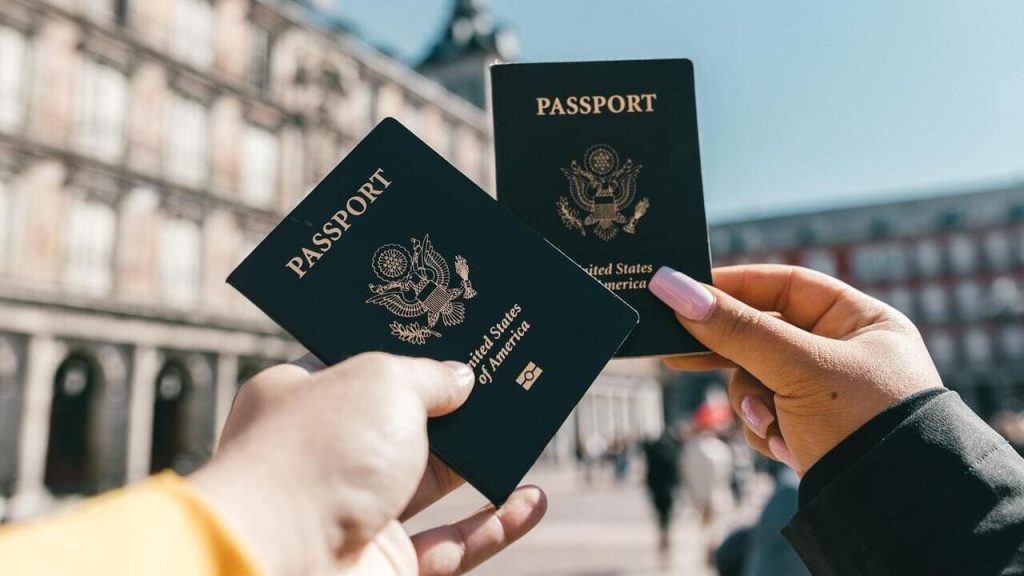
The internet has revolutionized how we communicate, work, and live our lives. As technology continues to evolve, we’re witnessing a shift in how people perceive and manage their identities.
In today’s world, digital identities are becoming just as important, if not more, than physical identities.
In this article, we’ll explore the growing role of online personas and the intersection of digital and physical identities in the modern age.
Digital Identity: The Basics
Definition and Components
Digital identity refers to the unique set of attributes and data that define an individual or entity in the online realm.
It encompasses a wide range of components, such as usernames, passwords, social media profiles, email addresses, and online transactions. These elements work together to create a comprehensive online persona that’s accessible across various digital platforms.
Benefits and Challenges
There are numerous advantages to having a digital identity. For one, it simplifies online transactions, making it easier to access services, communicate with others, and manage personal information.
However, digital identities also present challenges, particularly regarding security, privacy, and the potential for misuse or identity theft.
Physical Identity: A Brief Overview
Definition and Components
Physical identity, on the other hand, pertains to the tangible aspects that define a person or entity in the real world. This includes features such as name, date of birth, appearance, government-issued identification documents, and biometric data like fingerprints and facial recognition.
Benefits and Challenges
Physical identity provides a sense of security and legitimacy, allowing people to navigate the world with ease. It enables access to essential services, such as healthcare and education.
However, the reliance on physical documents can lead to inefficiencies, bureaucratic red tape, and difficulties in verifying identities across borders.
The Intersection of Digital and Physical Identity
Social Media and Online Presence
The rise of social media platforms has significantly impacted the way people present themselves online.
Our digital personas often blur the line between our physical and digital identities, as we selectively curate our online presence to showcase specific aspects of our lives.
This convergence creates opportunities for connection and self-expression but also raises questions about authenticity and privacy.
Identity Verification and Authentication
As the digital realm continues to expand, the need for secure and reliable identity verification becomes increasingly critical.
Combining digital and physical identity attributes can create a more robust verification system, which allows for improved security and convenience in accessing online services.
Online Personas and Their Impact
The digital age has given rise to various online personas, ranging from influencers to anonymous users.
These personas can have a significant impact on society, as they shape public opinion, drive consumer behavior, and even influence political outcomes.
Understanding the role of online personas in shaping our world is essential for navigating the complexities of the digital age.
The Future of Identity Management
Digital Identity in a Globalized World
As the world becomes more interconnected, digital identity management will play an increasingly important role in our lives.
Governments, businesses, and individuals must adapt to this new landscape by implementing efficient, secure, and interoperable identity systems that cater to the diverse needs of global citizens.
Security, Privacy, and Trust
Balancing security, privacy, and trust is a critical challenge in managing digital identities.
To ensure the protection of sensitive data and uphold individual rights, governments, and businesses must adopt robust security measures, privacy-focused regulations, and transparent practices that foster trust among users.
The Role of Blockchain Technology
Blockchain technology has emerged as a promising solution for managing digital identities securely and transparently.
By leveraging decentralized networks and cryptography, blockchain-based identity systems can enhance security, privacy, and trust while streamlining identity verification processes across various platforms.
Conclusion
The growing role of online personas and the convergence of digital and physical identities are transforming the way we perceive and manage our identities.
To adapt to this rapidly changing landscape, it is essential to invest in robust identity management systems that prioritize security, privacy, and trust while embracing the potential of innovative technologies like blockchain.
Understanding the complexities of digital identity and its intersection with physical identity is crucial for navigating the modern world and ensuring a more connected and secure future for all.
Frequently Asked Questions
1. What is the difference between digital identity and physical identity?
Digital identity refers to the unique set of attributes and data that define an individual or entity in the online realm, while physical identity pertains to the tangible aspects that define a person or entity in the real world.
2. How has social media impacted the intersection of digital and physical identities?
Social media platforms have blurred the line between digital and physical identities by allowing users to selectively curate their online presence, which can create opportunities for connection and self-expression while raising concerns about authenticity and privacy.
3. Why is identity verification and authentication essential in the digital age?
Identity verification and authentication are critical for ensuring secure and reliable access to online services, protecting sensitive data, and maintaining trust among users.
4. What role can blockchain technology play in digital identity management?
Blockchain technology can enhance security, privacy, and trust in digital identity management by leveraging decentralized networks and cryptography to create transparent and secure identity verification processes.
5. How can governments and businesses adapt to the changing landscape of digital and physical identity management?
Governments and businesses can adapt by implementing efficient, secure, and interoperable identity systems, adopting robust security measures and privacy-focused regulations, and exploring innovative technologies like blockchain to enhance identity management.
